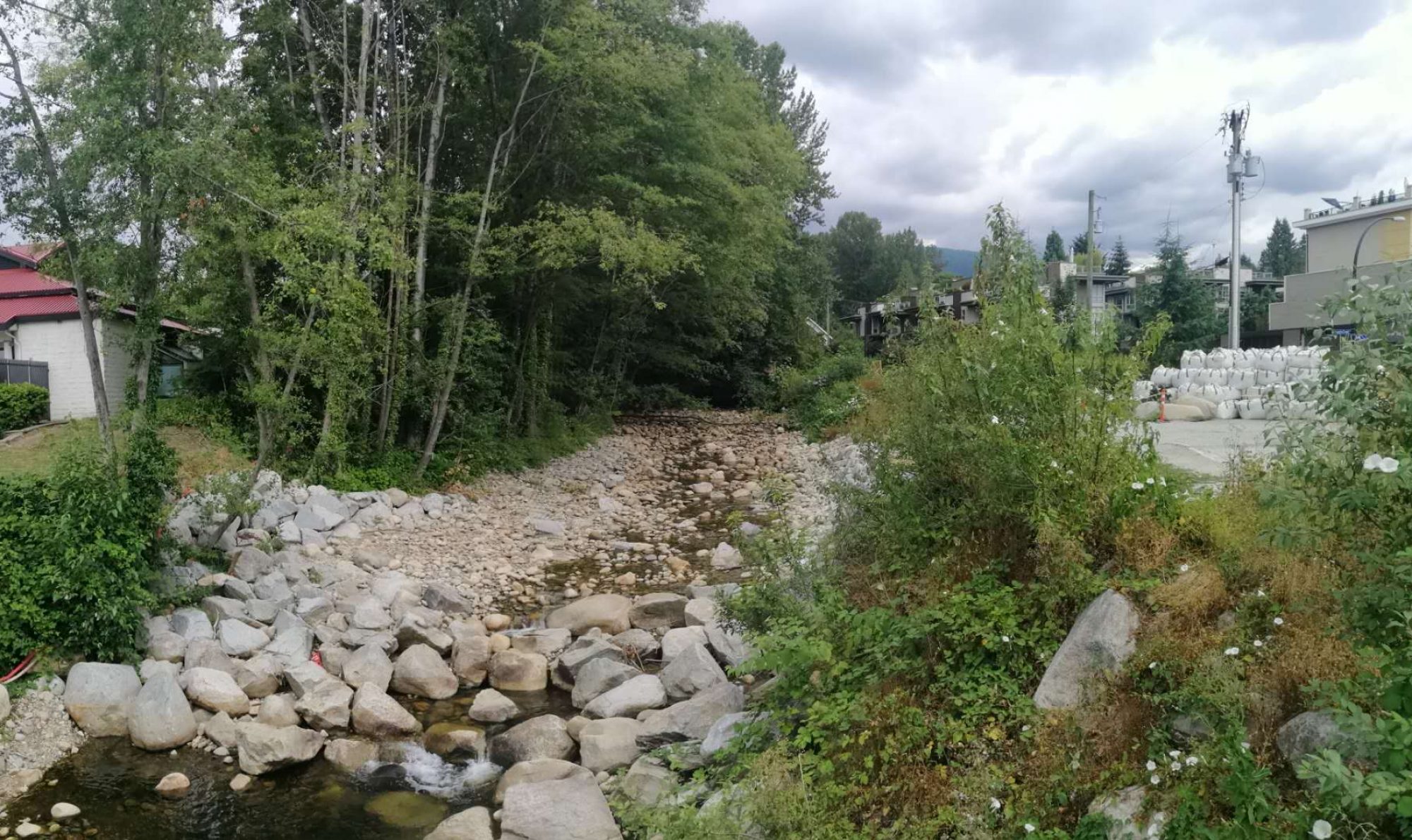Limitations exist pertaining to the analysis of Mosquito Creek Watershed. For instance, some of the selected climate stations are outside the boundary of Mosquito Creek Watershed. Ideally, the precipitation data would have been collected from within the watershed. Additionally, several stations devoid of recent precipitation data (i.e. 2015 – 2020), and time series vary for each station, which poses a challenge to interpolate the differences among all stations using the same time scale. Climate stations were chosen with the highest care but due to the unavailability of recent climate records, two stations examined for the 2001 – 2010 period (North Vancouver 2nd Narrows and North Vancouver Sonora Drive) were eliminated in 2011 – 2020 analysis. For the purposes of setting up the WBM, soil depths and soil type values were deduced based upon soil map relevant to the site of interest; however, part of the urban center was not surveyed due to the level of soil disturbance and alteration. Only by conducting a field visit could more accurate and detailed inputs be acquired replacing those well-informed speculations.
Besides disadvantages on data sources, the evaluation method adopted by this project, the Water Balance Model (WBM), possesses several limitations, including:
– No surface flow has been modelled within the WBM, leading to the default setting of rain gardens as flat layouts. Such design would retain rainwater longer, resulting in higher surface water ponding durations.
– No groundwater flow has been modelled in the WBM, leading to the ignorance of groundwater and interflow entering the local streams as discharge.

 Follow
Follow